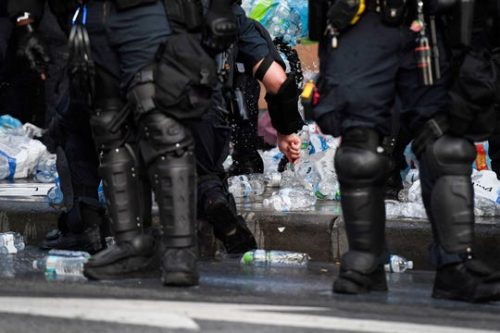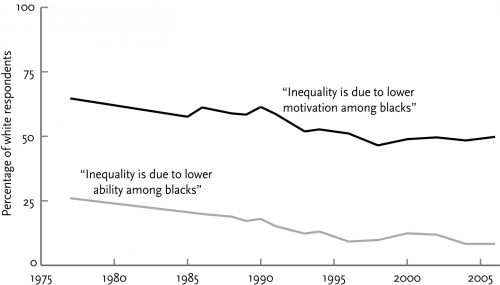It’s a plan suggested by our board of regents, I guess.
We recommend the resumption of in-person instruction and opening of residence halls, dining facilities and other campus services in a manner consistent with public health guidance. This will include adjusting capacity levels for classroom occupancy, residence halls and dining capacity, and other inperson experiences.
While faculty retain the autonomy to determine the modality of their teaching, and how to best achieve their learning objectives, classroom capacity constraints will limit how many classes may be offered inperson and when. Faculty will be strongly encouraged to develop courses that are multi-modal, to accommodate the flexibility described above, and will be provided support to aid in this development.
Labs and other experiential learning components of classes may be “front-loaded” in order to ensure they can be completed in-person in case of an outbreak or an early pivot. We have developed, and are committed to offering, a fully-distanced first-year curriculum for international students who might not be able to arrive on campus in the Fall, or for other incoming students who prefer to advance their education in that manner.
So we assume everything is normal, but we have to stand ready to shut down labs and switch to online teaching at a moment’s notice. I’ll probably enforce distancing in seating in the lecture hall, and request that students wear masks in lab (I’ll wear one too), though. I’ll prepare online lectures, just in case.
I have a feeling this whole plan might fall apart even before the start of the term, but we’ll see. The board is more confident than I am.
They’re also planning to adjust the academic calendar so the semester is over by Thanksgiving. I’ll have to see what that looks like — we have a fall break (2 days) and Labor Day (1 day), but turning those into work days won’t quite get us to the end. Finishing by 25 November leaves us 10 teaching days short of the scheduled end of classes on 11 December. We’re going to have to find an extra week and a half in the calendar, I guess. Start classes a week early? Add in some teaching on Saturday? Steal the Time-Turner from Hermione? It’s going to get interesting.





